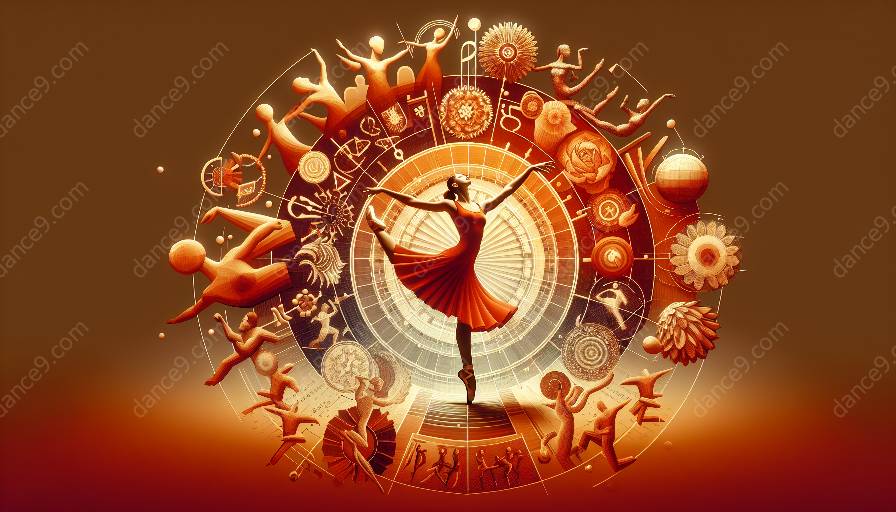Dance anthropology is a multidisciplinary field that explores the cultural and social dimensions of dance and movement. It intersects with the study of kinesthetic empathy and embodied cognition, providing valuable insights into the cognitive, emotional, and cultural dimensions of human movement.
Understanding Dance Anthropology
Dance anthropology involves the study of dance within the context of anthropology, examining how dance reflects and shapes cultural identity, social structures, and individual and collective experiences. This interdisciplinary approach draws from anthropology, sociology, psychology, and other fields to analyze the significance of dance in various cultural and social contexts.
One of the key aspects of dance anthropology is the exploration of how movement is used to communicate, express emotions, and embody cultural practices. This includes examining how dance reflects and reinforces social norms, gender roles, power dynamics, and rituals within a given society. Dance anthropologists seek to understand the meanings and functions of dance in different cultural settings, shedding light on the ways in which movement is intertwined with social and cultural life.
Kinesthetic Empathy and Dance
Kinesthetic empathy is the ability to understand and resonate with the movements and experiences of others. It involves perceiving and internalizing the motions, feelings, and intentions of dancers, which is key to building connections and understanding through movement. In the context of dance anthropology, kinesthetic empathy offers a deeper understanding of how individuals interpret and respond to the movements and expressions of others, contributing to the transmission of cultural knowledge and emotional experiences through dance.
Anthropological studies of kinesthetic empathy in dance delve into the ways in which individuals perceive and connect with the movements of others, as well as how these interactions contribute to the formation of social bonds and cultural meanings. By exploring kinesthetic empathy in dance, anthropologists can elucidate the ways in which movement serves as a mode of communication, empathy, and social cohesion within diverse cultural groups.
Embodied Cognition and Dance Anthropology
Embodied cognition examines the ways in which the body and its interactions with the environment shape cognitive processes, including perception, emotion, and memory. In the context of dance anthropology, embodied cognition provides a framework for understanding the intertwining of physical movements, sensorimotor experiences, and cultural meaning-making within dance practices.
By considering how the body and mind are interconnected in the process of dancing and experiencing movement, dance anthropologists can gain insights into how cultural knowledge, traditions, and emotional expression are embodied and transmitted through dance. Embodied cognition also sheds light on the ways in which the physical and sensorimotor aspects of dance contribute to the formation of cultural identities, social dynamics, and the communication of meaning through movement.
Intersection and Contributions
The intersection of dance anthropology with kinesthetic empathy and embodied cognition offers a rich tapestry of insights into the cultural, social, and cognitive dimensions of dance and movement. By integrating these perspectives, scholars and practitioners in dance studies can develop a more holistic understanding of how dance serves as a medium for cultural expression, social connection, and embodied communication.
Understanding the intersection of dance anthropology with kinesthetic empathy and embodied cognition can also inform pedagogical and therapeutic practices, as well as contribute to the preservation and revitalization of traditional dance forms within their cultural contexts. Furthermore, these interdisciplinary connections provide fertile ground for further research and collaboration across diverse fields, enriching our understanding of the human experience through the study of dance.

















